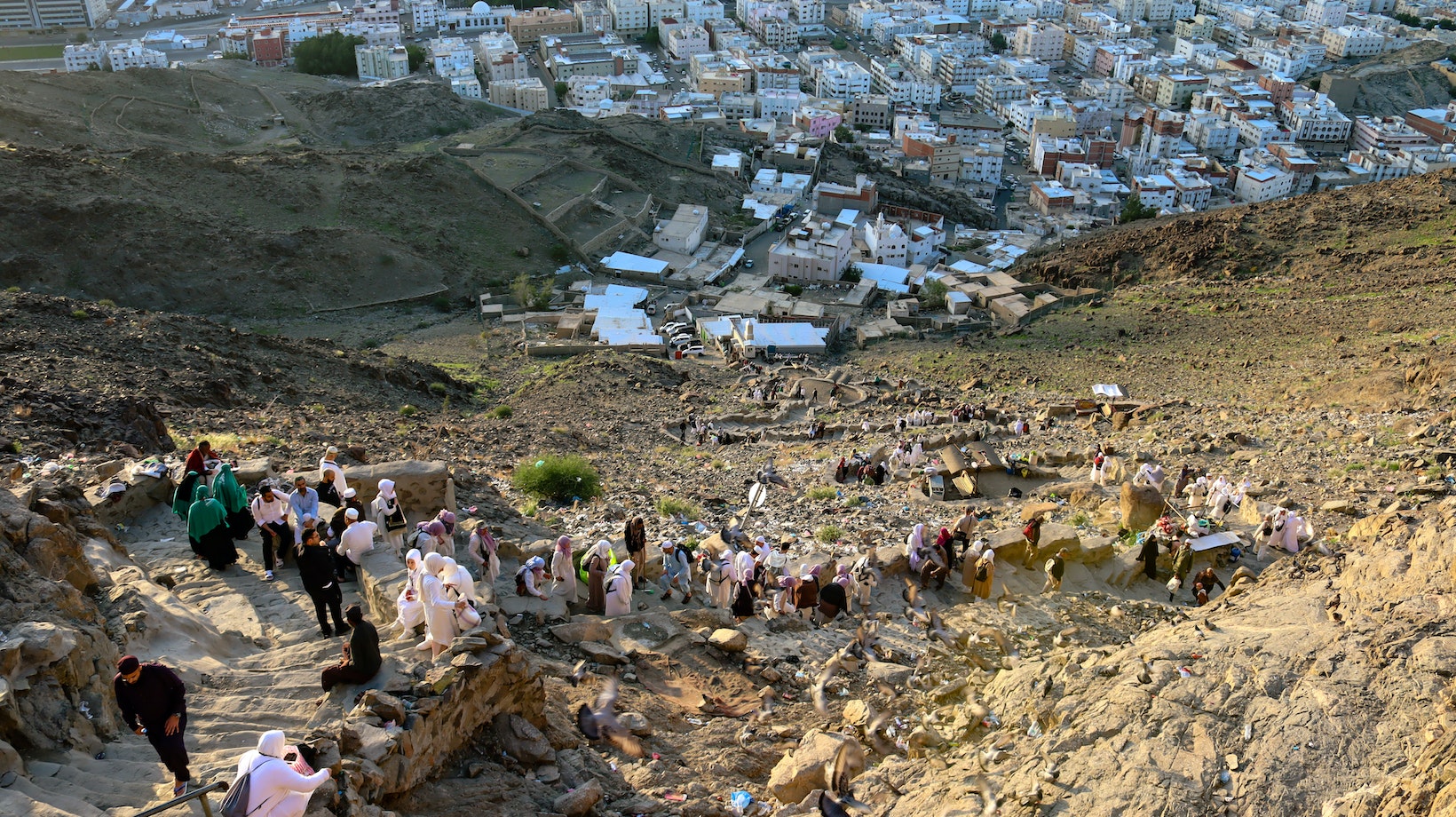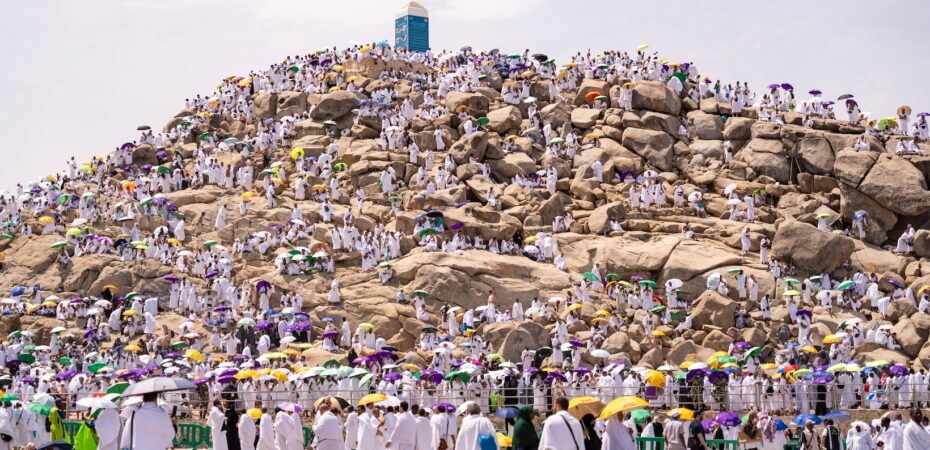The distance between Safa and Marwa holds significant importance in the Islamic faith, particularly during the Hajj pilgrimage. Safa and Marwa are two small hills located within the Masjid al-Haram in Mecca, Saudi Arabia. Pilgrims perform a ritual known as Sa’y, where they walk back and forth between these two points.
The distance between Safa and Marwa is approximately 450 meters (1,480 feet). This ritual commemorates the actions of Hajar, wife of Prophet Ibrahim (Abraham), who ran between these hills seven times in search of water for her son Ismail (Ishmael) when he was thirsty. It symbolizes perseverance, faith, and trust in God’s provision.
During the Sa’y ritual, pilgrims move briskly from one hill to the other with devotion and reverence. The journey represents an essential part of their spiritual experience as they reflect on Hajar’s struggle and ultimate triumph over adversity. The significance of this act transcends mere physical movement; it serves as a reminder of resilience and unwavering belief.
The Significance of Safa and Marwa in Islamic History
The Origin of Safa and Marwa
Safa and Marwa hold great significance in Islamic history, particularly within the context of Hajj and Umrah pilgrimages. These two hills are located within the sacred precincts of the Masjid al-Haram in Mecca, Saudi Arabia. Dating back to ancient times, Safa and Marwa have been an integral part of the religious rituals performed by Muslims from around the world.
According to Islamic tradition, the origin of Safa and Marwa can be traced back to Hajar (Hagar), the wife of Prophet Ibrahim (Abraham) and mother of Prophet Ismail (Ishmael). As mentioned in Islamic scripture, when Hajar was left in the barren valley with her infant son Ismail, she ran between these hills seven times while searching for water. It is believed that her unwavering faith and perseverance were rewarded when a spring miraculously sprouted at Ismail’s feet – this spring later became known as Zamzam.
The Ritual of Sa’i Between Safa and Marwa
The ritual known as Sa’i is a fundamental part of both Hajj and Umrah pilgrimages. Pilgrims retrace Hajar’s footsteps by performing seven rounds between these two hills – ascending from Safa to Marwa, then descending from Marwa back to Safa. This act symbolizes Hajar’s desperate search for water as well as her trust in Allah’s providence.
Sa’i represents an essential aspect of spiritual purification during these holy journeys. It serves as a reminder that faith requires dedication, perseverance, and unwavering commitment. Pilgrims engage in supplication, reflection, and remembrance throughout each round, deepening their connection with Allah through this physical expression.
Historical Significance of Safa and Marwa
Beyond their religious symbolism, Safa and Marwa also possess historical significance. Over the centuries, Mecca has been a thriving hub for trade and commerce due to its strategic location along ancient caravan routes. Safa and Marwa served as prominent landmarks within this bustling city, offering guidance and direction to travelers.
In present times, despite the development and expansion of Mecca, Safa and Marwa remain steadfast reminders of faith and devotion. Pilgrims from all walks of life continue to flock to Masjid al-Haram to perform Sa’i between these hills, reinforcing their connection with Islamic history and strengthening their spiritual bond.

Distance Between Safa and Marwa
Let’s delve into the fascinating topic of the distance between Safa and Marwa. These two hills, located in Mecca, hold great significance in Islamic history, particularly during the Hajj pilgrimage. As an expert on this subject, I’ll shed light on the distance between these iconic landmarks.
The distance between Safa and Marwa is approximately 450 meters (1476 feet). It is a journey that pilgrims undertake as part of the Sa’i ritual during Hajj or Umrah. This ritual reenacts Hajar’s search for water to quench her infant son Ismail’s thirst.
To put it into perspective, imagine walking from one end of a football field to the other about four times. That’s roughly how far you would travel when traversing from Safa to Marwa and back.
During Sa’i, pilgrims walk seven times back and forth between these two points. The entire route is enclosed within a designated area called Al-Masjid al-Haram, which encompasses both hills along with the Kaaba.
It’s truly awe-inspiring to witness thousands of people moving in unison as they perform this sacred act of worship. Pilgrims often reflect upon their own personal journey while covering this distance and seek spiritual connection through their devotion.
As I stand at these holy sites myself, I can’t help but feel a sense of reverence for those who have walked before me throughout history. The symbolism behind this distance goes beyond mere physical steps; it represents faith, perseverance, and submission to God.
In conclusion, exploring the distance between Safa and Marwa offers us insights into an integral aspect of Islamic pilgrimage. The 450-meter journey holds immense religious significance for millions around the world who embark on this sacred path each year.


 By
By 



